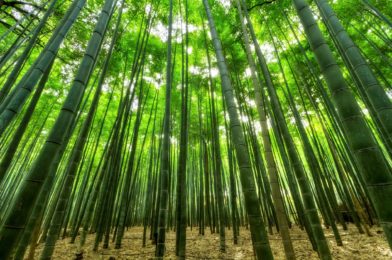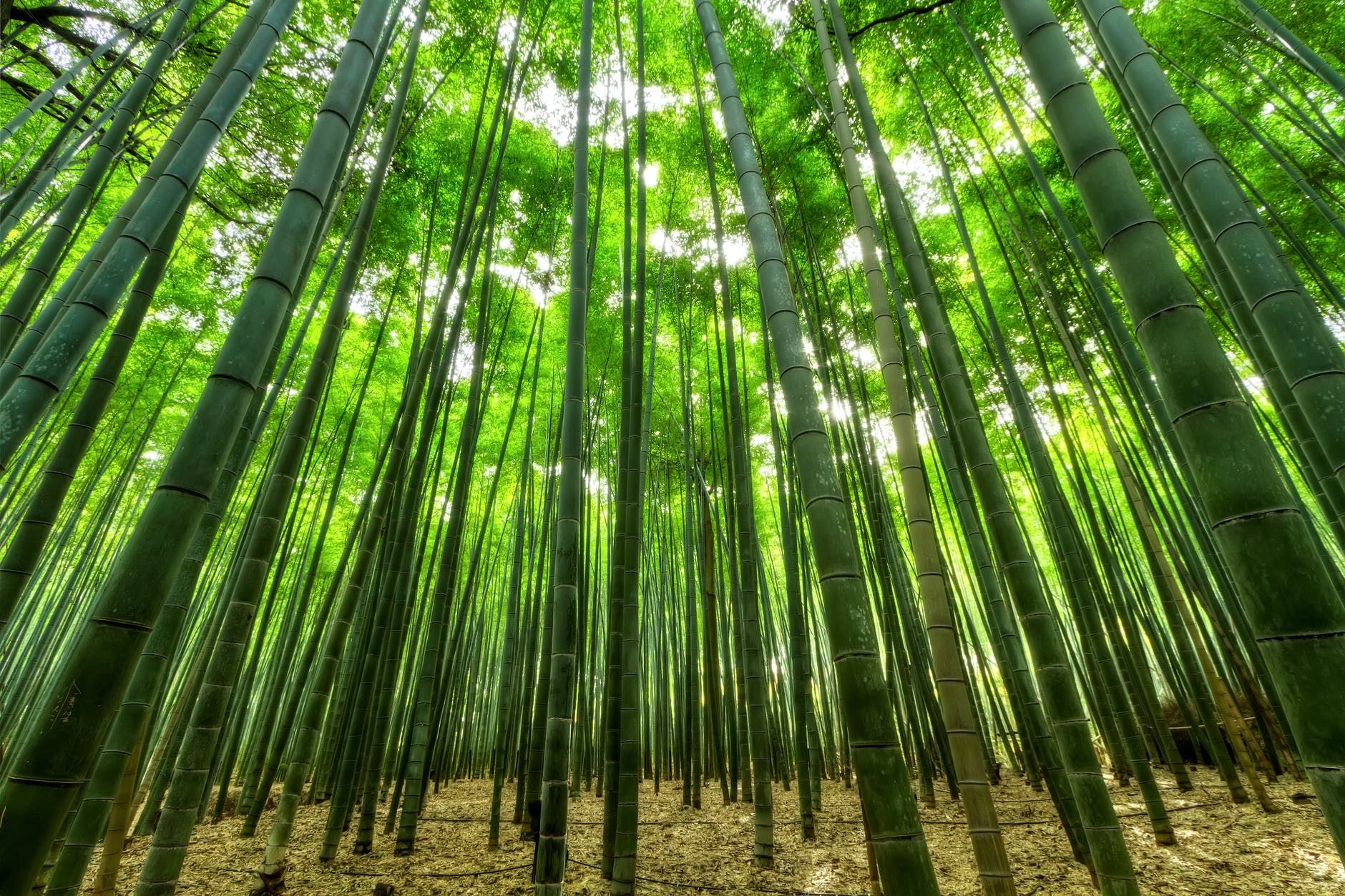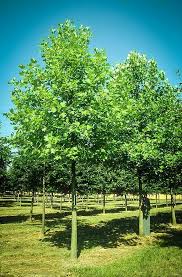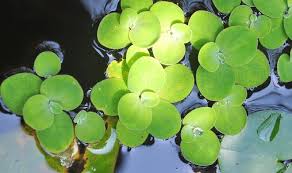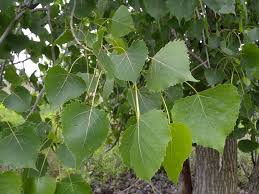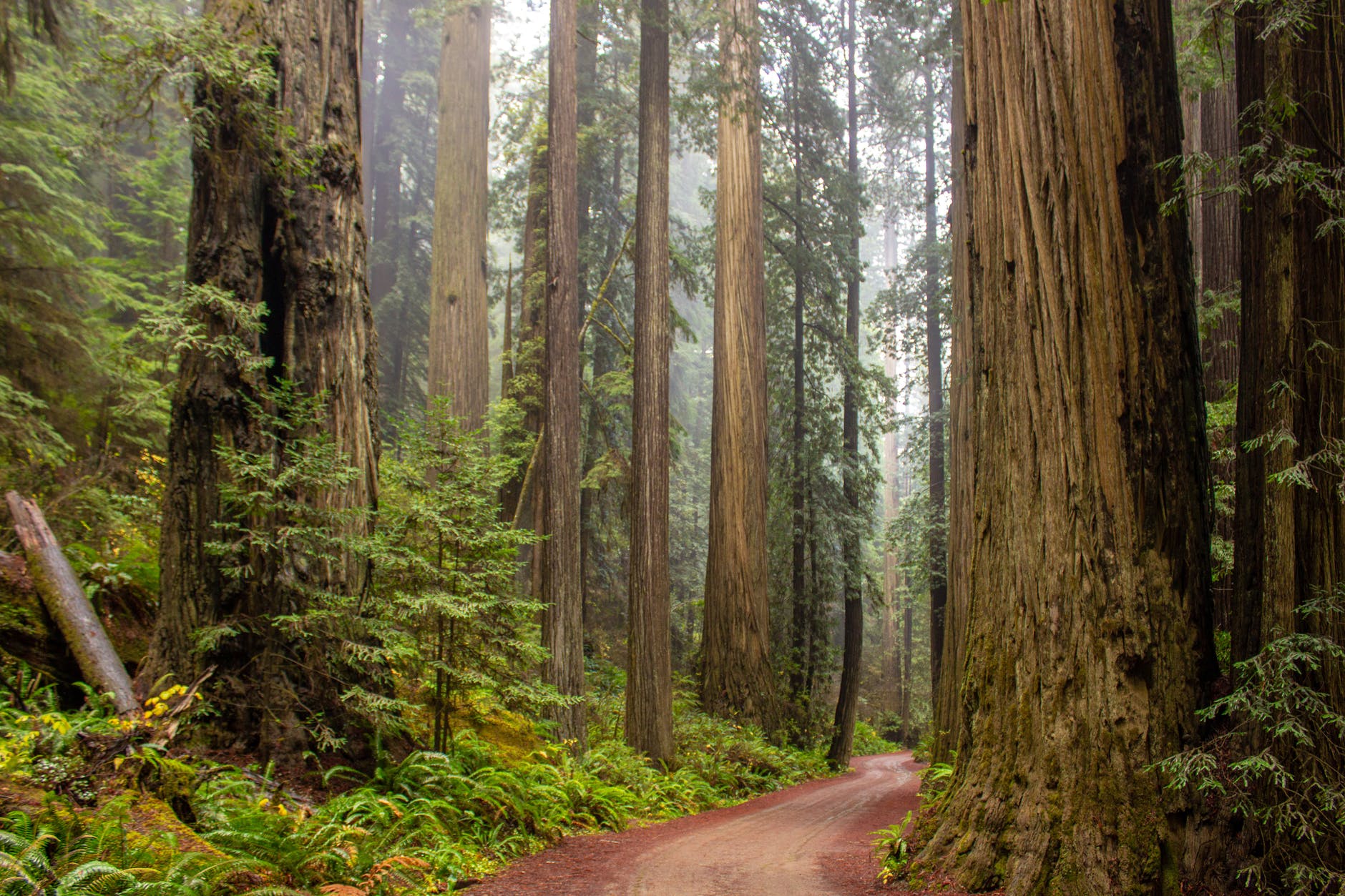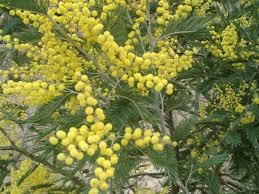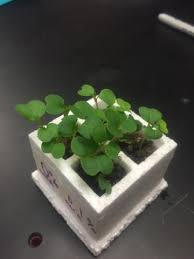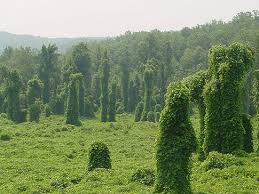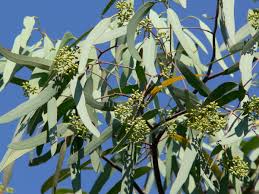A Plant is a living organism of the kind exemplified by trees, shrubs, herbs, grasses, ferns, and mosses, typically growing in a permanent site. This plant absorbs water and inorganic substances through its roots, and synthesizing nutrients in its leaves by photosynthesis using the green pigment chlorophyll. When you plant a seed, plant, or young tree, you put it into the ground so that it will grow there. Medicinal plants have long been utilized in traditional medicine and worldwide ethnomedicine. A single plant contains widely diverse phytochemicals. the effects of using a whole plant as medicine are uncertain. Drug research makes use of ethnobotany to search for pharmacologically active substances in nature, and has in this way discovered hundreds of useful compounds. Here are the most powerful 10 medicinal plants.
1.Chamomile
Chamomile is one of the most ancient medicinal herbs known to mankind. It is a member of Asteraceae/Compositae family and represented by two common varieties viz. German Chamomile and Roman Chamomile. The hollow, bright gold cones of the flowers are packed with disc or tubular florets and are ringed with about fifteen white ray or ligulate florets. It contains various bioactive phytochemicals that could provide therapeutic effects. This herb smells slightly like an apple. Chamomile has been used as an herbal remedy since the time of Hippocrates, the father of medicine, in 500 BC. Chamomile preparations are commonly used for many human ailments such as hay fever, inflammation, muscle spasms, menstrual disorders, insomnia, ulcers, wounds, gastrointestinal disorders, rheumatic pain, and hemorrhoids. Essential oils of chamomile are used extensively in cosmetics and aromatherapy. Chamomile is mostly used in the form of herbal tea and it is consumed more than one million cups per day. Chamomile tea relaxes nerves and soothes the nervous system, therefore helping you sleep better. Chamomile tincture may also be prepared as one part chamomile flower in four parts of water having 12% grain alcohol, which is used to correct summer diarrhea in children and also used with purgatives to prevent cramping.
It is also used in toothache, earache, neuralgia and in cases of external swelling. Inhalation of the vaporized essential oils derived from chamomile flowers is recommended to relieve anxiety, general depression. It is used as antioxidant, mild astringent and healing medicine. Externally, chamomile has been used to treat diaper rash, cracked nipples, chicken pox, ear and eye infections, disorders of the eyes including blocked tear ducts, conjunctivitis, nasal inflammation and poison ivy. It is also effective in arthritis, back pain, bedsores and stomach cramps. With the use of flavonoids consumed in food may reduce the risk of death from coronary heart disease in elderly men. It stimulates immune system and provides some protection against cancer. It protects the skin from free-radical damage. It accelerates cell and tissue regeneration, helps tighten the pores and slows down the ageing process. It fights against inflammation and teething problems. It maintains sugar balance in the blood and reduce heartburn.
2.Dandelion
Dandelion is a type of herb that is native to Europe. It is also found throughout mild climates of the northern hemisphere. Dandelion are a family of flowering plants that grow in many parts of the world. From root to flower, dandelion are highly nutritious plants, loaded with vitamins, minerals and fiber. Dandelion greens can be eaten cooked or raw and serve as an excellent source of vitamins A, C and K. They also contain vitamin E, folate and small amounts of other B vitamins. It provides several minerals, including iron, calcium, magnesium and potassium. Dandelion (Taraxacum officinale) has been cherished for its tremendous healing properties since ancient times. Dandelion is also called blood purifier, laxative agent, liver cleanser and fatigue remover. It Contains full of Potent Antioxidants to neutralize or prevent the negative effects of body.
Dandelion may be effective in reducing inflammation caused by disease. Chicoric and chlorogenic acid are two bioactive compounds in dandelion to help reduce blood sugar. It Reduces Cholesterol and fights with cancer. It also supports for healthy bones. It helps in skincare treatment and boosts immune system. Dandelion is often consumed as a tonic under the presumption that it “cleanses” the liver. These beautiful yellow flowers are also rich in antioxidants and vitamin C, which help the body fight infections such as bacteria that cause urinary tract infection. These leaves reduce the risk of obesity and heart disease. For centuries, they’ve been used to treat a myriad of physical ailments, including cancer, acne disease and digestive disorders.
3.Achinacea
Echinacea is the name of a group of flowering plants in the daisy family. Echinacea is a type of herb that is native to areas east of the Rocky Mountains in the United States. It is also grown in western States, as well as in Canada and Europe. Echinacea plants contain caffeic acid, alkamides, phenolic acids, rosmarinic acid, polyacetylenes. Echinacea was used in traditional herbal remedies by the Great Plains Indian tribes. Echinacea, also called purple coneflower, is one of the most popular herbs worldwide. Echinacea is widely used to fight infections, especially the common cold, the flu, and other upper respiratory infections. These plant’s upper parts and roots are used in tablets, tinctures, extracts and teas. Echinacea is also used against many other infections including urinary tract infections, herpes, HIV/AIDS, human papilloma virus, bloodstream infections , tonsillitis, streptococcus infections, syphilis, typhoid, malaria, ear infection, swine flu, warts, and nose and throat infections called diphtheria.
Echinacea is best known for its beneficial effects on the immune system. Other uses include anxiety, low white blood cell count, chronic fatigue syndrome , rheumatoid arthritis, migraines, acid indigestion, pain, dizziness, rattlesnake bites, attention deficit-hyperactivity disorder, and improving exercise performance. Sometimes people apply echinacea to their skin to treat boils, gum disease, abscesses, skin wounds, ulcers, burns, eczema, psoriasis, sun-related skin damage, herpes simplex, yeast infections, bee stings, snake and mosquito bites, and hemorrhoids.
4.Cayenne Pepper
Cayenne pepper herb is a type of chili pepper. It gives hot taste. How hot a cayenne pepper is depends on its capsaicin content. Bright red Capsicum annuum is a member of the Solanaceae family. They were originally grown in Central and South America. It grows around the world in places such as India, East Africa, Mexico, and certain areas of the United States. Many people consider cayenne peppers to be the king of medicinal herbs. It boosts our Metabolism. These peppers boast an impressive nutrition profile, which includes a variety of antioxidants that are beneficial for your health. It reduces high blood pressure.
The capsaicin in cayenne peppers shows promise in reducing the risk of cancer. Capsaicin creams can help relieve itching and improve the appearance of psoriasis-affected areas. It may have pain-relieving properties. Capsaicin stimulates the nerves in your stomach that send signals for protection against injury. Cayenne is also sometimes used to treat muscle and joint pain. Capsaicin has long been explored as a means of treating neuropathic pain given the lack of effective pharmaceutical remedies. Cayenne peppers may reduce your hunger, helping you eat less and feel fuller for longer. It reduces acidity. It’s also used for conditions of the heart and blood vessels including to improve poor circulation, reverse excessive blood clotting, lower high cholesterol and prevent heart disease.
5.Marigold
Calendula officinalis is in the plant family known as Asteraceae or Compositae. Calendula marigolds are yellow-orange in color and form small florets of petals that are harvested and dried for their numerous properties. Marigold has long been recognised as a medicinal flower to address cuts, soars and general skin care. Marigold flowers originated in Egypt and the Romans. It usually blooms during the warmer months of the year from May through October. It contains essential oils and a high concentration of flavonoids, such as carotene. Topical treatment with a diluted marigold solution or tincture accelerates healing of wounds and rashes. It contains natural anti-inflammatory properties and supports skin healing.
Marigold helps to soothe the mucus membranes of the throat whilst easing the pain. The extract demonstrates antibacterial, anti-viral, antifungal and immuno-stimulating properties that were shown to reduce eye infections. It reduces eye infections and protects from UV and oxidative damage. It is used for sore throats, gingivitis, tonsillitis and mouth ulcers. Marigolds are highly valuable for medicinal purposes like headaches, swelling, toothache. They have been used in cooking. Purposes of Marigold are like make-up, coloring food dying fabrics & medicinal uses. Flavonoids present in marigold flowers have been found to exhibit cytotoxic and inhibitory activities against colon cancer, leukemia & melanoma cells. These flowers can be used to naturally fend off mosquitoes, pests & other insects.
6.Peppermint
Peppermint is an aromatic herb in the mint family. It can be found naturally in North America and Europe. It can be used to add peppermint flavor to foods. It kills germs, boosts blood circulation and prevents vomits. It relieves pains and eliminates mucus. Peppermint has antiviral activity against Influenza type A. It also relieves indigestion. It also fortifies the nervous system and helps to relive headaches. Peppermint essential oil can be extracted from the leaves of the peppermint plant and is used for a variety of different purposes. It’s oil used in these conditions like nausea, and other digestive issues, as well as the common cold.
A fresh, pleasing scent added to soaps and cosmetic products by using this oil. Peppermint oil can also be used as flavoring agent in foods and in products such as mouthwashes. Peppermint oil is antibacterial against some species of bacteria including Salmonella, Escherichia coli, and Staphylococcus aureus. Peppermint oil may provide safe and effective relief from chronic itching. Any kind of cramping effect or over-contraction of the muscles that gives rise to nausea is also relaxed with the use of Peppermint oil. Peppermint oil is a multitasking machine with a plethora of beauty, health and household benefits. Peppermint oil has antiseptic and anti-inflammatory properties. Peppermint oil is very useful for your hair and scalp.
7.Sage
Sage is a staple herb in various cuisines around the world. Its other names include common sage, garden sage and Salvia officinalis. It belongs to the mint family, alongside other herbs like oregano, rosemary, basil and thyme. Sage has a strong aroma and earthy flavor. Sage packs a healthy dose of vitamins and minerals. Antioxidants are molecules that help fortify your body’s defenses, neutralizing potentially harmful free radicals that are linked to chronic diseases. Sage contains over 160 distinct polyphenols, which are plant-based chemical compounds. A sage-based mouthwash was shown to effectively kill the Streptococcus mutans bacteria, which is notorious for causing dental cavities. The leaves of common sage have been used traditionally as a remedy against diabetes.
Sage can help support your brain and memory in several ways. Sage may help lower “bad” LDL cholesterol, which can build up in your arteries and potentially cause damage. Sage extracts not only suppress the growth of cancer cells but also stimulate cell death. Sage is also used as a natural cleaning agent. Sage is used for digestive problems, including loss of appetite, gas, stomach pain (gastritis), diarrhea, bloating, and heartburn. It is also used for reducing overproduction of perspiration and saliva; and for depression, memory loss, and Alzheimer’s disease. Sage is applied directly to the skin for cold sores; gum disease; sore mouth, throat or tongue; and swollen, painful nasal passages. In manufacturing, sage is used as a fragrance component in soaps and cosmetics. People who regularly use sage as a spice seem to have a 54% lower chance of developing lung cancercompared to those who don’t use sage.
8.Lady Ferns or Athyrium
plant is native to the continental US and Alaska. Ferns have a strong appeal to gardeners. Fern There is something about their seemingly fragile nature and delicate beauty. Athyrium plants consist of more than 230 species that are largely distributed in the Sino-Himalayan region and the Western Pacific islands. It is often abundant in damp, shady woodland environments and is often grown for decoration. Its genus name is from Greek. It usually found in cool moist locations along streams and in moist meadows at the edge of a forest. The deciduous leaves are about 75 cm (30 inches) long and 25 cm (10 inches) wide and grow in circular clusters. It’s called lady fern because the spores are produced on the backside of the pinnules beneath an eyelid shaped covering (called an indusia) thought to be reminiscent of the eye of the fairer sex. The genus are curved or horseshoe-shaped spore-producing clusters (sori) that are covered by a fringed membranous protective structure.
Fern is best introduced into a garden using a containerized plant or by propagating the rhizome. Athyrium species have demonstrated antimicrobial, anti-inflammatory, antioxidant, antiproliferative and anti-HIV potential. Christmas Fern used for chills, fever, pneumonia, red spots on skin, listlessness, tuberculosis, and hoarseness. Bracken Fern used for tuberculosis, infections, and chest pain. Maidenhair smoked for asthma. Ferns used for Gynecology and also for blood. It is also used for digestion. Cinnamon Fern (Osmunda cinnamomea) used externally for rheumatism and internally for joint pain. Sensitive Fern (Onoclea sensibilis) used for arthritis. Species are being used in traditional medicine worldwide to treat various ailments such as cough, rheumatic pain, scorpion stings, sores, burns and scalds, intestinal fever, pain, specifically breast pain during child birth, to increase milk flow, as an antiparasitic, anthelmintic, and carminative.
9.Tea Tree
Tea tree oil comes from the leaves of Melaleuca alternifolia, a small tree native to Queensland and New South Wales, Australia. Never swallow tea tree oil. The tea tree was named by eighteenth century sailors, who made tea that smelled like nutmeg from the leaves of the tree growing on the swampy southeast Australian coast. Do not confuse the tea tree with the unrelated common tea plant that is used to make black and green teas. Tea tree oil holds great significance by balancing all Ayurvedic tridoshas – Vata, pitta, and Kapha doshas. Australians crush tea tree leaves to extract the oil, which is then inhaled to treat coughs and colds or applied directly to the skin for healing. Tea tree oil contains a number of compounds, including terpinen-4-ol, that have been shown to kill certain bacteria, viruses and fungi. Tea tree oil makes an ideal natural hand sanitizer. The antibacterial properties of tea tree oil make it an effective wound healer.
Tea tree oil can be used to treat and disinfect minor cuts and abrasions by killing S. aureus and other bacteria that can cause infection in open wounds. Tea tree oil may be useful in treating symptoms of psoriasis, such as infection and inflammation, while boosting immunity. Tea tree oil is an essential oil that has many benefits for the nails and hair. Tea tree oil can be a powerful weapon against acne. Tea tree oil makes a great all-purpose cleaner. Tree oil reduces inflamed skin due to skin sensitivity. It can also be used as a deodorant, insect repellent. Shampoo containing tea tree oil had a 40% improvement in dandruff. Antifungal medications are considered standard treatment for athlete’s foot. Tea tree oil’s antifungal compounds terpinen-4-ol and 1,8-cineole may help reduce the growth of this mold on fruits and vegetables. Tea tree oil was more effective in suppressing allergic contact dermatitis than other treatments.
10.Thyme
Thyme is an herb from the mint family that you probably recognize from spice set. Its range of use is impressive, and it has over 400 subspecies. Thymol is one of a naturally occurring class of compounds known as biocides. Ancient Egyptians used it in their embalming practices, while ancient Greeks used it as incense. Thyme is packed with vitamin C and is also a good source of vitamin A. It’s a good source of fiber, copper, iron, and manganese. Thyme is a Mediterranean herb with dietary, medicinal, and ornamental uses. Thymol can reduce bacterial resistance to common drugs, including penicillin. Thyme is known for its antibacterial properties and it might have a future as an acne-fighting ingredient.
Oil of thyme hold many fungicidal properties. Thyme is also a popular ingredient in natural deodorants. The tiger mosquito is native to tropical and subtropical areas of Southeast Asia. A combination of thymol, alpha-terpinene, and carvacrol was effective in killing off tiger mosquito larvae. Thyme essential oil, which is obtained from its leaves, is often used as a natural cough remedy. Thyme to help lower your heart rate. Thyme extract can repel mosquitoes. Thyme might protect people from colon cancers. Wild thyme caused cell death in breast cancer cells.

